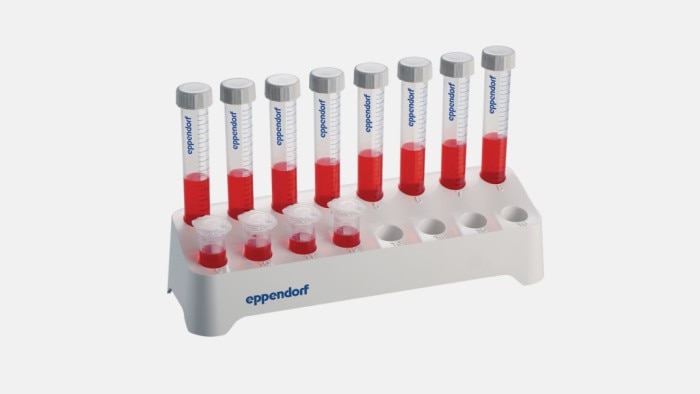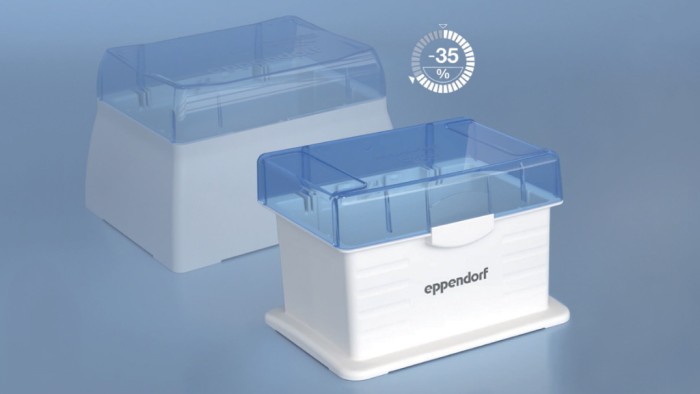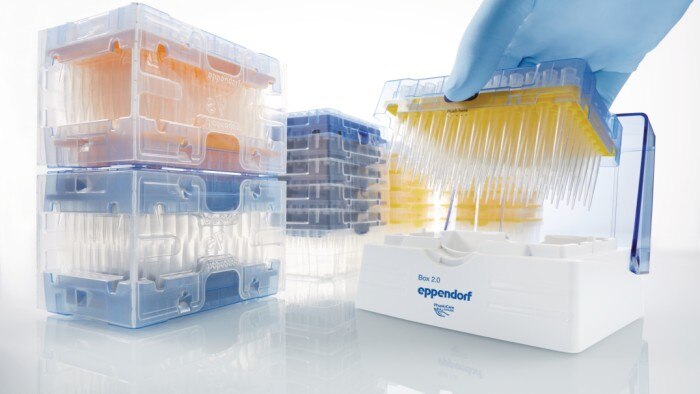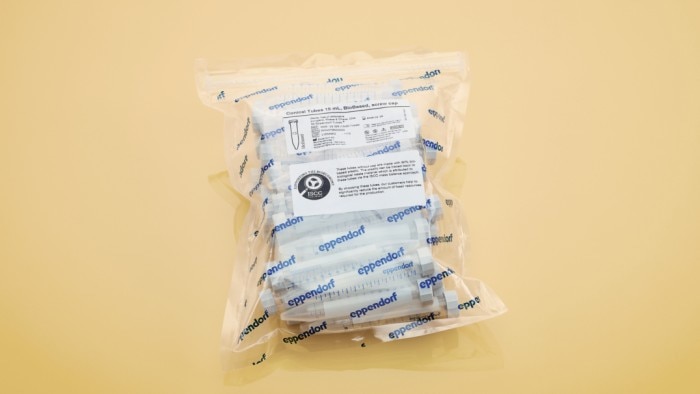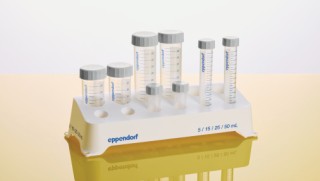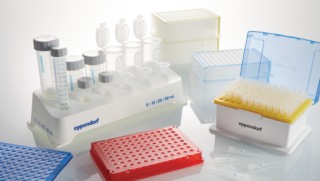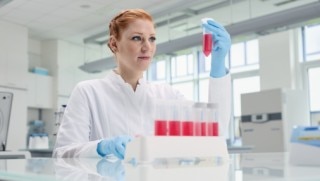-
-
-
-
- Forum Labo 2025
- Advanced Therapies Week (ATW) 2025
- SLAS Europe 2025
- Bioprocessing Summit Europe 2025
- Medlab Middle East 2025
- SLAS International 2025
- Biologics World Nordics 2025
- ASIA LABEX: The Lab Show 2025
- BioProcess International Europe 2025
- ISEV 2025
- Future Labs Live 2025
- DataHow Symposium 2025
- Cell 2025
- LabDays 2025
- ASIA LABEX: The Lab Show 2025
-
-
-
-
- Forum Labo 2025
- Advanced Therapies Week (ATW) 2025
- SLAS Europe 2025
- Bioprocessing Summit Europe 2025
- Medlab Middle East 2025
- SLAS International 2025
- Biologics World Nordics 2025
- ASIA LABEX: The Lab Show 2025
- BioProcess International Europe 2025
- ISEV 2025
- Future Labs Live 2025
- DataHow Symposium 2025
- Cell 2025
- LabDays 2025
- ASIA LABEX: The Lab Show 2025
-
- Benchtop Centrifuges
- Floor-Standing Centrifuges
- Refrigerated Centrifuges
- Microcentrifuges
- Multipurpose Centrifuges
- High-Speed Centrifuges
- Ultracentrifuges
- Concentrator
- IVD Products
- High-Speed and Ultracentrifuge Consumables
- Centrifuge Tubes
- Centrifuge Plates
- Device Management Software
- Sample and Information Management
-
- All Pipettes, Dispensers & Automated Liquid Handlers
- Mechanical Pipettes
- Electronic Pipettes
- Multi-Channel Pipettes
- Positive Displacement Pipettes & Dispensers
- Automated Pipetting
- Bottle-Top Dispensers
- Pipette Controllers
- Pipette Tips
- Automation Consumables
- Dispenser & Pipette Accessories
- Automation Accessories
- Dispenser & Pipette Services
Tips to save plastic in the lab
The usage of plasticware in the laboratory is cruical. There are studies stating that the global community of laboratories generates 4 times more waste than an equal area of office space.
Expressed in absolute numbers, they produce approximately 5 million tons of plastic waste annually. The former use of glass-based vessels has now almost completely given way to plastic.
The manufacturing costs, robustness, and purity of plastic-based products argue against the use of glass. In addition, many experiments are nowadays performed on a microliter or nanoliter scale.
For this purpose, vessels and tips with very fine dimensions are required, which cannot technically be manufactured from glass or only at extremely high cost. This means, the use of disposable plastic products in biomedical research laboratories is essential.
Are there ways to reduce the number of used consumables without making a compromise with sample safety, user safety, reproducibility,…?
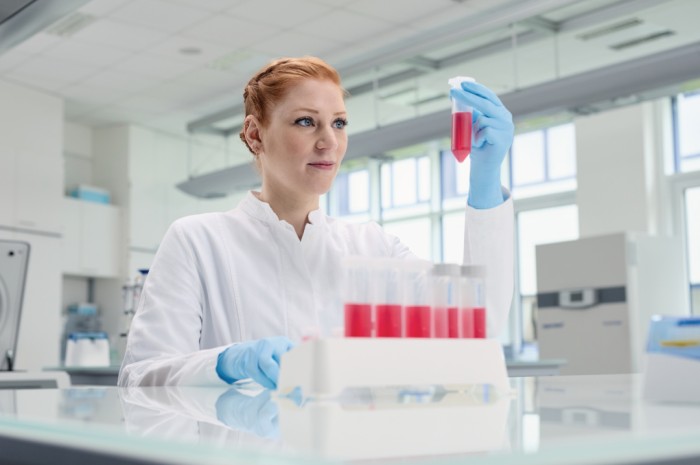
Do you really need 100% of the volume?
Read more
Read less

53 % Plastic saved for 5 mL tube with snap cap
Read more
Read less
100 % more space with 5 mL tubes with snap cap*
*based on calculation with CryoCube F740hi
Read more
Read less

26 % Plastic saved for 25 mL tube with snap cap
Read more
Read less
*based on calculation with CryoCube F740hi
Read more
Read less

